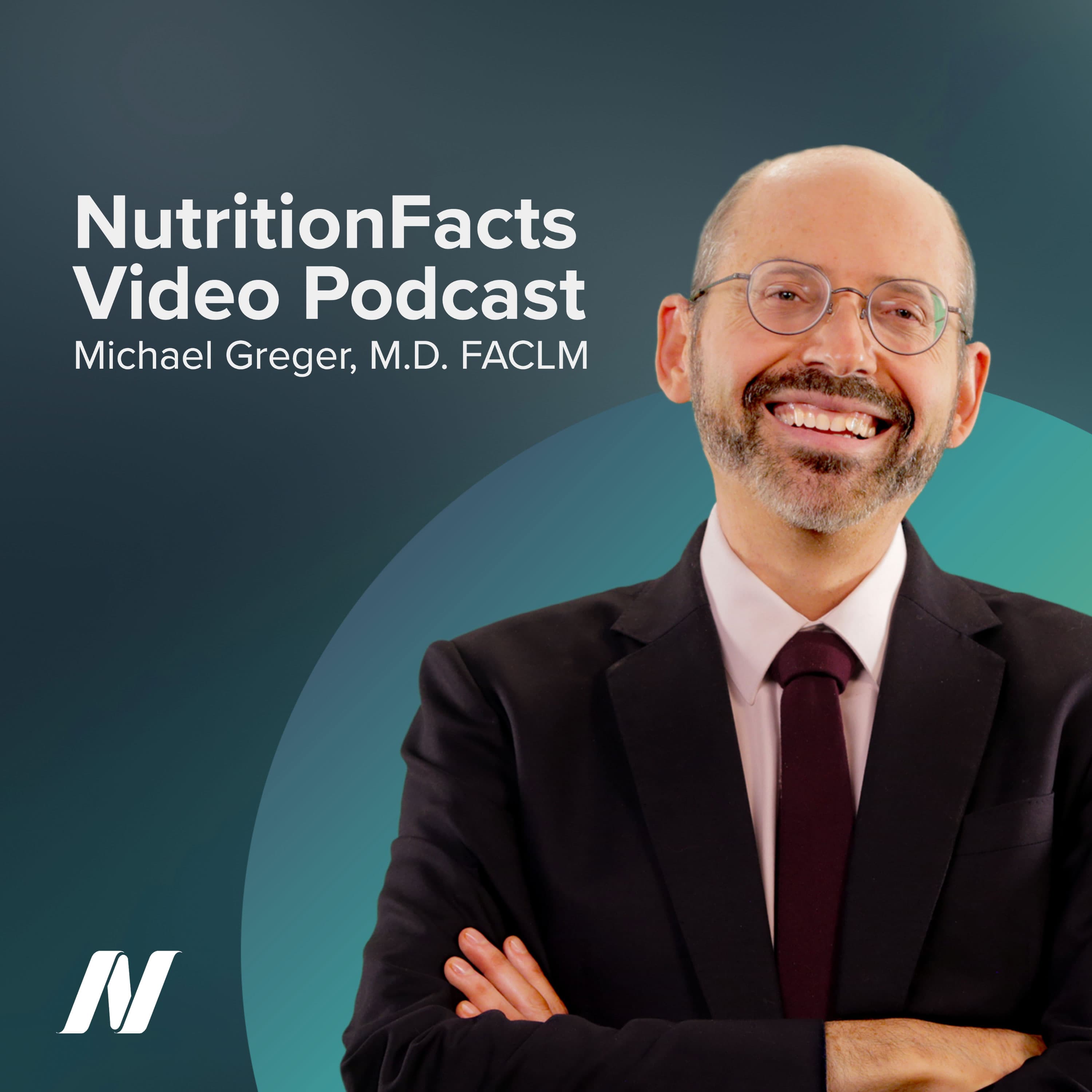Contamination of spirulina supplements with toxins from blue-green algae raises safety concerns.
Infant Seizures Linked to Mother’s Spirulina Use
Doctor's Note
Pregnancy is a very vulnerable time, and requires an even higher level of dietary vigilance:
- The Wrong Way to Detox
- Diet Soda & Preterm Birth
- Preventing Childhood Allergies
- American Vegans Placing Babies at Risk
- Meat Fumes: Dietary Secondhand Smoke
- Pregnant Vegans at Risk for Iodine Deficiency
- Chamomile Tea May Not Be Safe during Pregnancy
- Dangerous Advice from Health Food Store Employees
- Hair Testing for Mercury before Considering Pregnancy
Some supplements are risky for everyone, though; see Safety of Noni & Mangosteen Juice.
I’ve previously addressed green powders in:
If one wants something to sprinkle on their popcorn, I’d recommend chlorella instead (see Is Chlorella Good for You?).
For further context, check out my associated blog post: Toxin Contamination of Spirulina Supplements.
Check out my video series on blue-green algae, chlorella, and spirulina:
- Toxins in Blue-Green Algae Like Klamath Lake AFA, Aphanizomenon flos-aquae
- The Benefits and Dangers of Chlorella
- The Benefits and Side Effects of Spirulina
If you haven't yet, you can subscribe to our free newsletter. With your subscription, you'll also get notifications for just-released blogs and videos. Check out our information page about our translated resources.
 Previous Video
Previous Video Next Video
Next Video